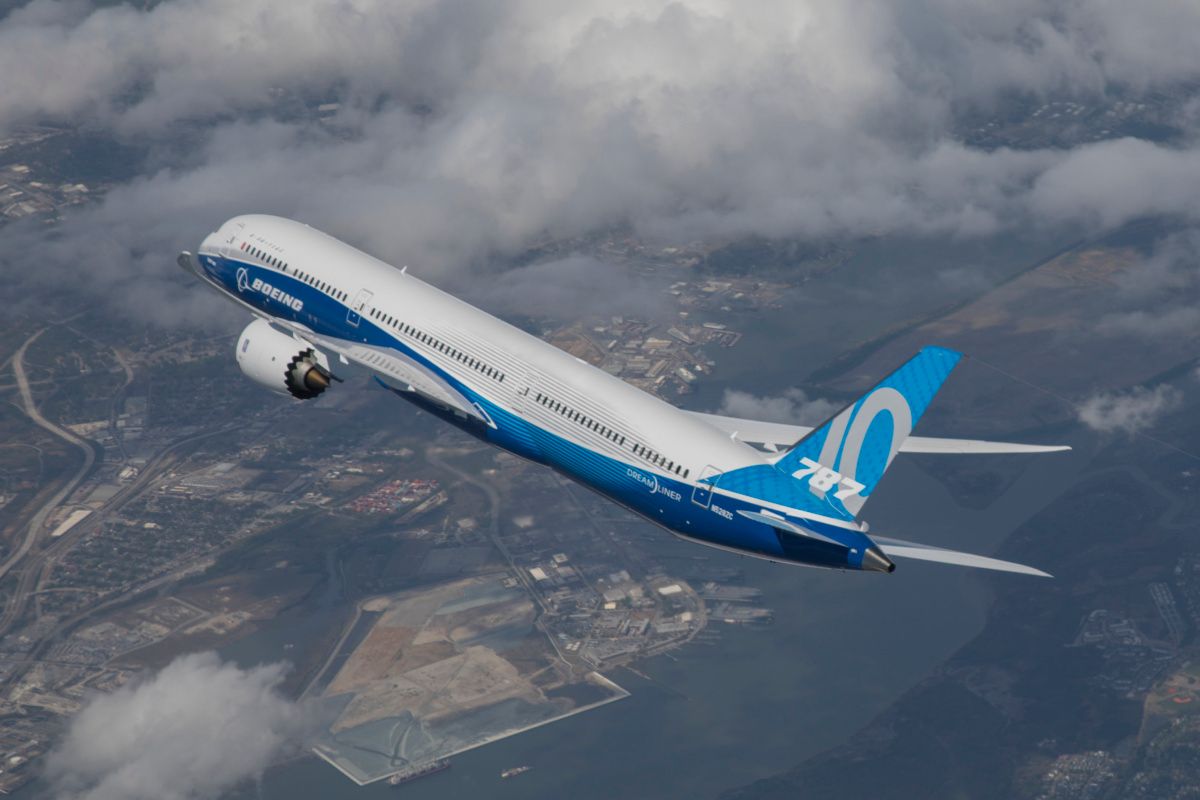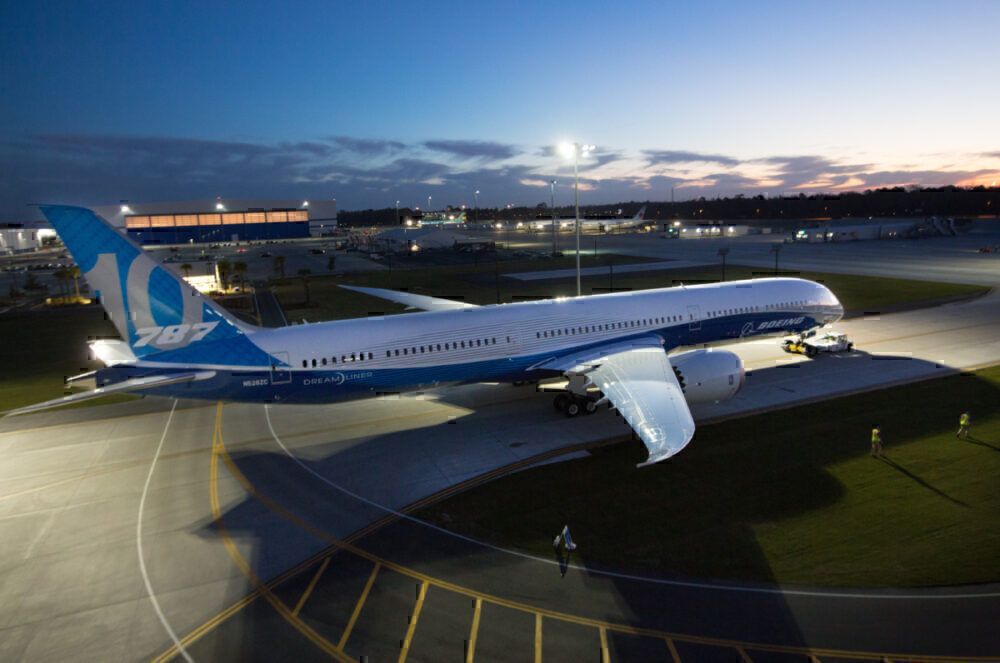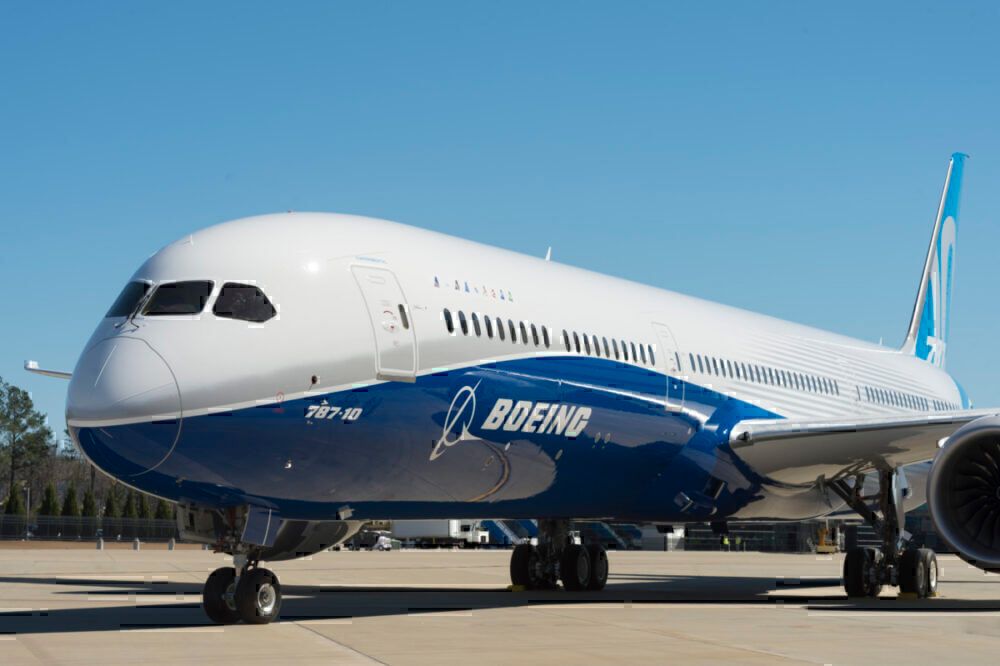The Federal Aviation Administration (FAA) issued a Special Airworthiness Information Bulletin for owners and operators of Boeing's Dreamliner on Thursday. The bulletin applies to the three Dreamliner models, the 787-8, 787-9, and 787-10. In their bulletin, the FAA flags the possibility of the autopilot flight director system failing to capture the localizer on an ILS approach.
The FAA says there were reports that;
"...the autopilot flight director system was not providing proper guidance to capture the localizer when intercepting the localizer at large angles (40 degrees or more) from the runway and beam centerline."
FAA bulletin follows problems with Dreamliner ILS approaches at Hong Kong
Earlier this year, Simple Flying reported that there had been five incidents at Hong Kong Airport where Boeing 787 aircraft descended below the minimum safe altitude. It was believed the terrain around the airport was causing the false or failed localizer signal captures. At the time, Boeing told Simple Flying;
"Boeing is working closely on this issue with the AAIA and CAD in Hong Kong as well as the FAA. Boeing has provided information to 787 operators, including instructions for pilots to monitor data closely on certain approaches. We are also working on a permanent resolution.”
Stay informed: Sign up for our daily aviation news digest.
FAA bulletin provides a forensic breakdown of the ILS problem
The bulletin issued by the FAA yesterday provides a forensic breakdown of the problem with Dreamliner ILS. According to the FAA, guidance from the autopilot flight director system partially reduced the intercept angle. However, the aircraft continued through the localizer at a heading not aligned with the runway centerline. The primary flight display continued to display "LOC" as the active roll mode, and there was no indication of a failure to capture.
However, both the localizer pointer and scale on the primary flight display did reveal the error. The affected aircraft initially turned toward the localizer heading, "but then stopped short and flew at a constant heading that intercepted the runway heading at a 20 to 30-degree angle."
The FAA says localizer and glideslope modes were engaged, and the AFDS provided guidance to descend on the glideslope. This meant the aircraft continued to deviate from the runway centerline and descend on an incorrect heading.
Over 1,000 Dreamliners are in service around the world. The agile plane has proved a big hit with airlines and is now flown by scores of operators. But the Dreamliner has not been without its problems.
Another niggle in a litany of niggles impacting the Dreamliner
There have been continual quality control problems dating back the best part of a decade. These include problems concerning parts of the fuselage not meeting exacting engineering standards. In August, issues with improper fuselage shimming and inner skin surfacing were highlighted at Boeing's 787 factory in Charleston. There have also been quality-control problems with the Dreamliner's horizontal stabilizers.
Yesterday's FAA bulletin adds to a list of ongoing issues continuing to niggle at the otherwise successful plane.
In response to the incidents and the subsequent FAA bulletin, Boeing has issued a new Flight Crew Operations Manual Bulletin. The Boeing bulletin flags the problem and provides information on the operating instructions for AFDS operation during an ILS approach. The FAA also advised yesterday that Boeing is still working on updating the software to fix the problematic localizer mode behavior during Dreamliner ILS approaches.



